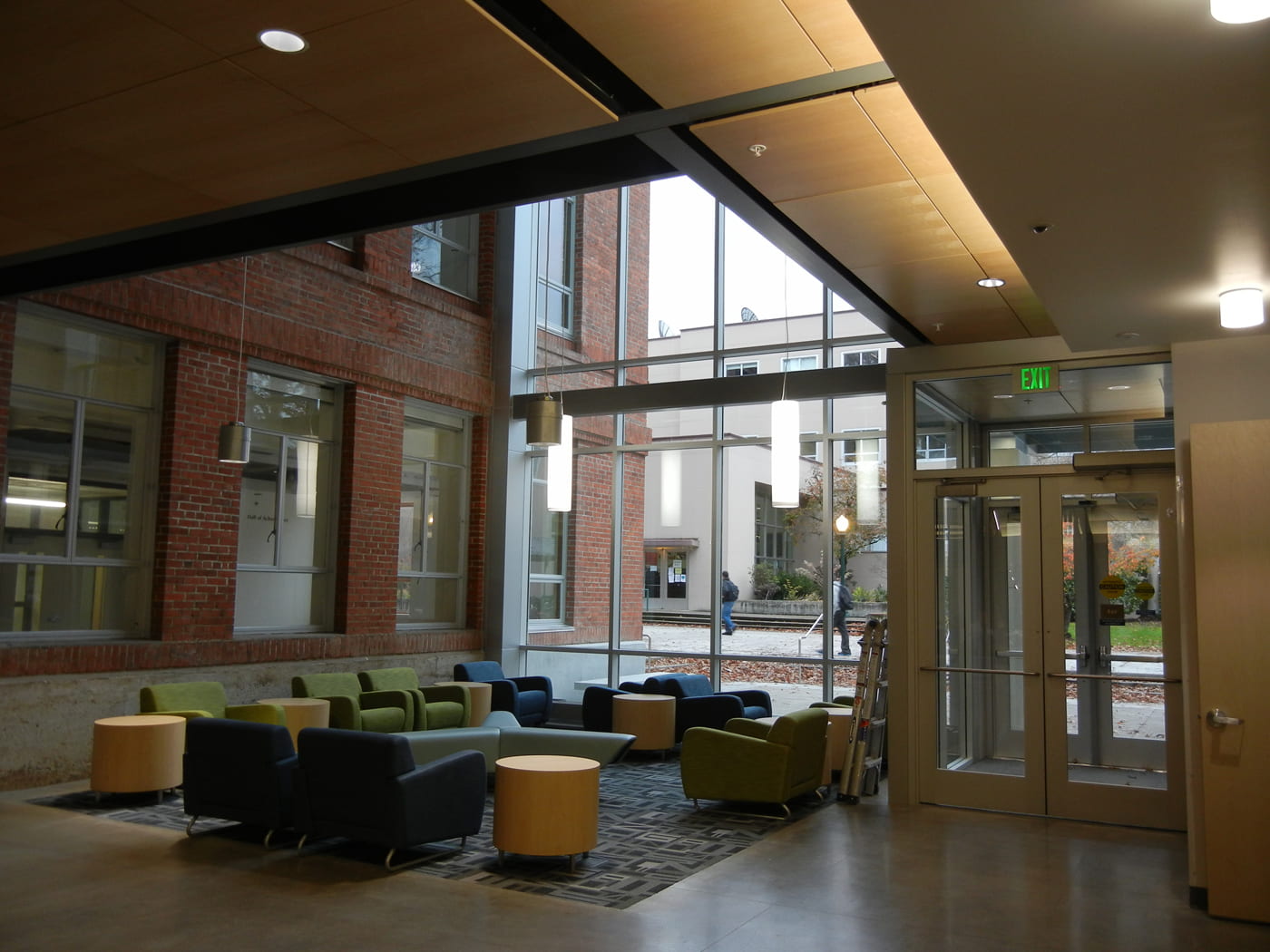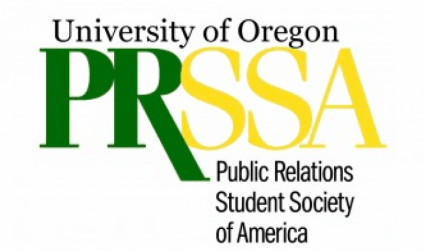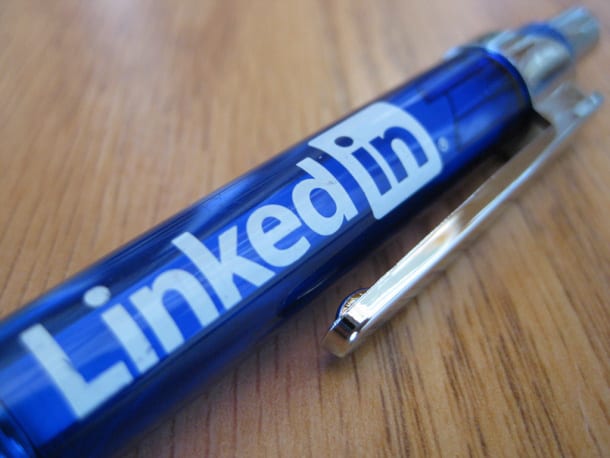Your LinkedIn profile is like a digital resume, making it an important tool for any budding PR professional. While it might seem intimating at first, LinkedIn isn’t as difficult as you think. The more complete your page is, the more attention it gets. An unfinished profile is unprofessional and unwelcoming, so follow these steps and get set up:
Include a professional photo. This means that you should not be cropped out of any picture, regardless of how good you look in it. Your shoulders should be covered, no cleavage should be showing and the background should be plain. Please avoid any party pictures. If you do not have a professional headshot, grab a friend and a business professional top and take a picture in front of a plain wall.
Use your full name. You want people to be able to find you. Use your compete name, fill in your title and include your last three positions. If you use your Twitter professionally, include a link to it and if you have a professional blog include that link as well.
Claim your custom URL. You can do this by editing your contact information. You want to take out all the numbers at the end of your URL and only have your name.
Write your summary. Do not reiterate everything that you say in your profile. Think of this as your value proposition—who are you, what are your goals and what do you have to offer? Keep your summary short and concise; it should not be longer than a paragraph.
When describing your work experience, use bullets and be precise. Precision is the key theme. Employers think of LinkedIn as more dynamic than a resume so try to paint a picture but in few words as necessary. Your bullets should not be longer than a line. Professor Bill Sherman recommends that your LinkedIn be even more concise than your resume. So, don’t simply copy and paste. If this makes you uncomfortable, you can always use slideshare to share your resume on your profile.
Include relevant volunteer experiences on your profile. This does not mean you should include every volunteer experience that you have had but be sure to include positions were you played a prominent role (regularly over a period of time). According to a LinkedIn Survey, over 70 percent of hiring managers said they considered volunteer work as legitimate work experience. Volunteering and community service has social capital. The chances that you volunteered for a similar charity, as a potential employer is very high. But do not put volunteer experience on here just to fill your profile; everything on your LinkedIn is fair game for a potential employer to ask in an interview. You do not want to embellish on your profile because it will come back to haunt you later.
Use these tips to complete your LinkedIn profile and stay tuned for future posts to learn about maximizing your LinkedIn experience. If you have any tips that you felt were not covered in this article, please post them below.
Photo Credit: TheSeafarer via Compfight cc
Post by Kaitlyn Chock, PRSSA member and project manager for the 2012-2013 school year. You can contact Kaitlyn at kchock@uoregon.edu.


